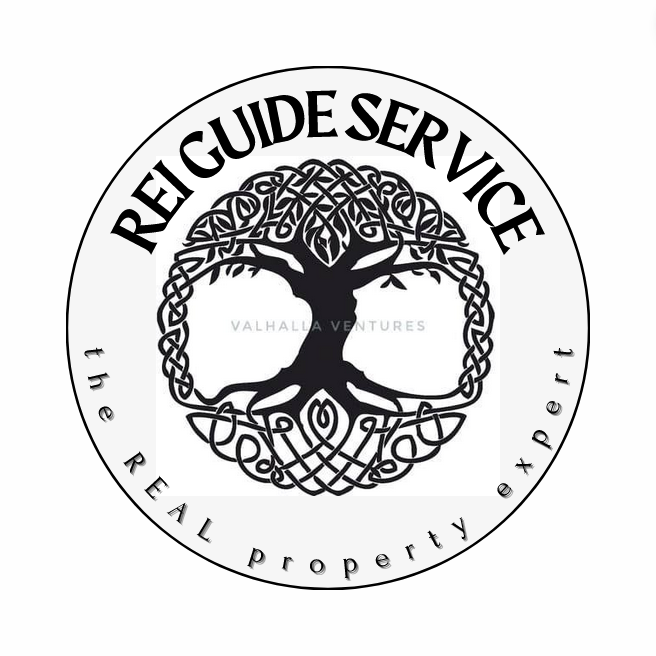How Gentrification Builds Stronger Communities: The Hidden Benefits of Investment
How Gentrification Helps Communities Grow Stronger
Gentrification. It sounds complicated, but it really means improving a neighborhood by bringing in new businesses, fixing up homes, and making life better for everyone. When done right, gentrification has a lot of positive effects, especially for low-income communities. Let’s take a look at how it can actually help people and why the real problem is rising taxes, not new investments.
More Jobs and Better Businesses
When new stores, restaurants, and businesses open up, it means more jobs for the people who live nearby. Instead of having to go far away to find work, neighbors can find jobs right where they live. This makes things easier and brings in more money for families.
Plus, new businesses mean more places to shop, eat, and have fun. Everyone benefits from these improvements, and local businesses get a boost too. New customers come in, helping these businesses thrive.
Safer, Cleaner Streets
Nobody likes living in a neighborhood where the streets are dirty, the parks are run-down, or there aren’t enough safe places for kids to play. Gentrification often brings with it cleaner parks, smoother roads, and better street lighting. When things like this improve, people feel safer, and everyone takes more pride in where they live.
New investment also means less crime. With more people walking around and more businesses open, crime often drops. Safer neighborhoods lead to stronger, friendlier communities where people look out for each other.
Higher Property Values = More Wealth
For people who own their homes, gentrification can be a huge win. When the neighborhood improves, the value of homes goes up. This means homeowners gain wealth without doing anything! They can sell their homes for more money or borrow against the increased value to make home improvements, send kids to college, or invest in other things.
This rise in value helps families build financial security for the future.
Better Schools and Public Services
When a neighborhood starts getting better, schools usually improve too. Gentrification often leads to upgraded schools with more resources for kids. Better schools mean better education, which can open doors for future opportunities. The community also gets improved public services, like faster emergency response times, cleaner streets, and more reliable public transportation.
Keeping Culture Alive
One fear people have about gentrification is that it will erase the culture of a community. But in many cases, the opposite happens. With new investment, neighborhoods have the chance to celebrate and preserve their unique identity. Historic buildings get restored instead of torn down, and local art, traditions, and festivals can thrive with the help of new support. The culture of the neighborhood can be embraced and shared with newcomers.
The Real Problem Isn’t Investment—It’s Taxes
So, if gentrification brings all these good things, why do some people worry about it? The real problem isn’t the improvements or the new businesses—it’s rising property taxes. When property values go up, the government often raises taxes, which can be tough for some families.
But let’s be clear: the investment and growth themselves aren’t the problem. The solution is finding ways to help people with taxes, not stopping the good things that come with gentrification. Communities can grow, improve, and stay affordable at the same time if the right policies are put in place.
the Wrap: Building a Better Future
Gentrification, when done right, makes neighborhoods safer, stronger, and more prosperous. It brings jobs, better schools, cleaner streets, and new opportunities for everyone. Instead of being hurt by investment, low-income communities are lifted up by it. The challenge is making sure rising taxes don’t push people out. With smart planning and care, we can ensure that everyone benefits from these positive changes.
By investing in these areas and keeping the focus on solutions that help long-time residents, we can build better, more vibrant communities where everyone can thrive.

